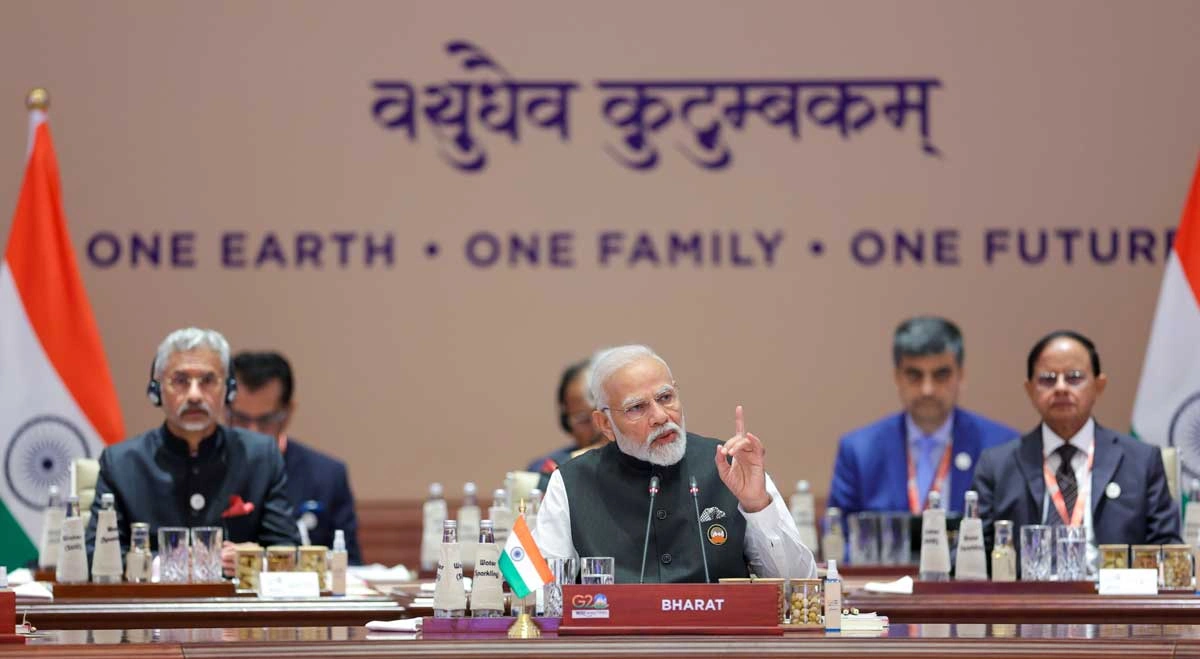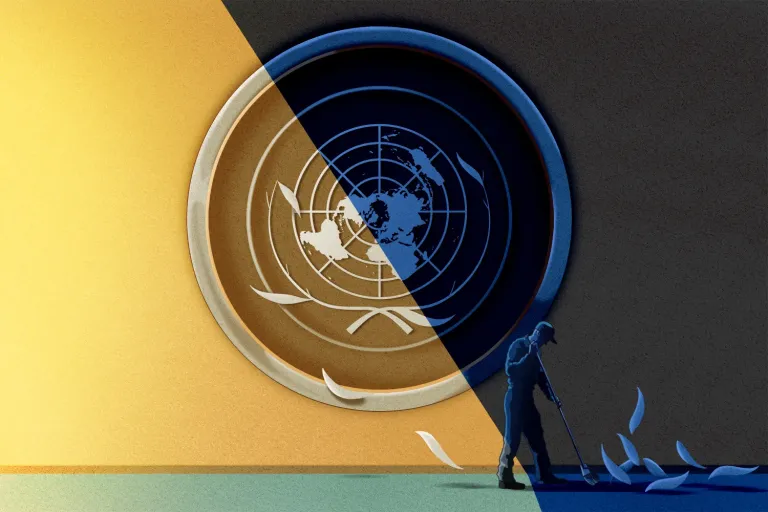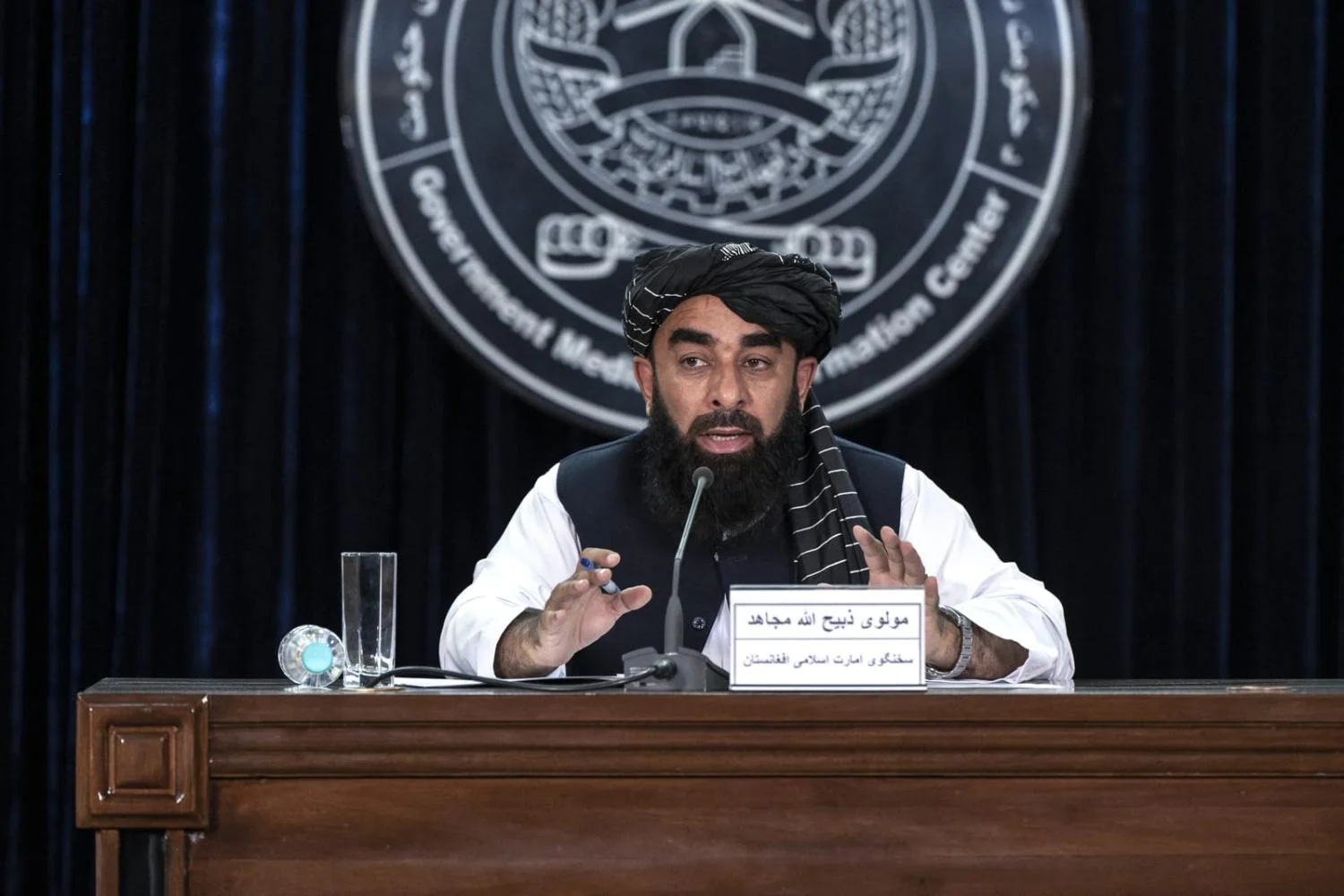IMF World Economic Outlook on ASEAN
According to the IMF World Economic Outlook, GDP will go down by 6 percent for 5 of ASEAN countries. These countries include Indonesia, the Philippines, Thailand, Malaysia, and Vietnam. For 2020, the Gross Domestic growth for ASEAN countries is projected to increase by 1% only, it says. Moreover, Micro-small and medium enterprises are driving factors for GDP growth in the south Asian region. Between 52% to 97% of the jobs are created pertinent to MSMEs. The phenomena have thrived predominately for the past decade.
COVID 19 Stimulus Packages
Alternatively, COVID-19 implies that enterprises providing essential services and products stand a chance against the pandemic. ASEAN countries, under the stimulus package, have injected 6% of their GDP into the economy. The package mainly targets health, SME aid, cash transfers, tax breaks, and financial loans.
Despite the stimulus package government aid does not suffice against the receding GDP. Proper Implementation and access to every sector of the economy stand between the incentives and their outcome.
Perks of Fintech
Similarly, amid the pandemic when there is little access available to the outside world. The financial technology (Fintech) comes in effect as a relief. Fintech companies spared consumers the worry of having to operate manually or compromising on access to financial resources. The Elements bringing Fintech to the limelight include Ease, Speed, convenience, and Reach.
Hence, Fintech firms are primarily startups assisting customer base in gaining access to government loans, other loan financing services, and digital payments.
The result- Oriented Innovation
Singapore’s PayNow peer-to-peer money transfer platform has successfully up ticked the transaction for two local banks with reference to the same period last year. In the Philippines, UBX, the fintech arm of a local traditional bank successfully created a market place by the name of Seekcap. The platform has reported having witnessed a 300% increase in loan applications during the first quarter of 2020.
Fintech is lending help by extending services of Money transfer and Payments, Financial Planning, Saving and investments, Borrowing, and insurance. The Philippines’ central bank remarked that the Fintech system has enabled financial inclusion among MSMEs which ensures that the business gets opportune financial access without having to Compromise on SOPs amid pandemic.
Function
Fintech acts as a mediator between government, organizations, and people. This is what earns the trust of consumers towards the initiative to keep the economic system afloat. A key difference between the previously known business disruptor and fintech is that Fintech is inclined towards innovation and mutual corporation. The startup through fresh has the potential to change the course of the pre-existing financial setup.
Though people tend to adhere to the familiar approaches and take time to changes preferences. However, the nature of pandemic has reinforced the need for a well-timed response over ease and comfort.





